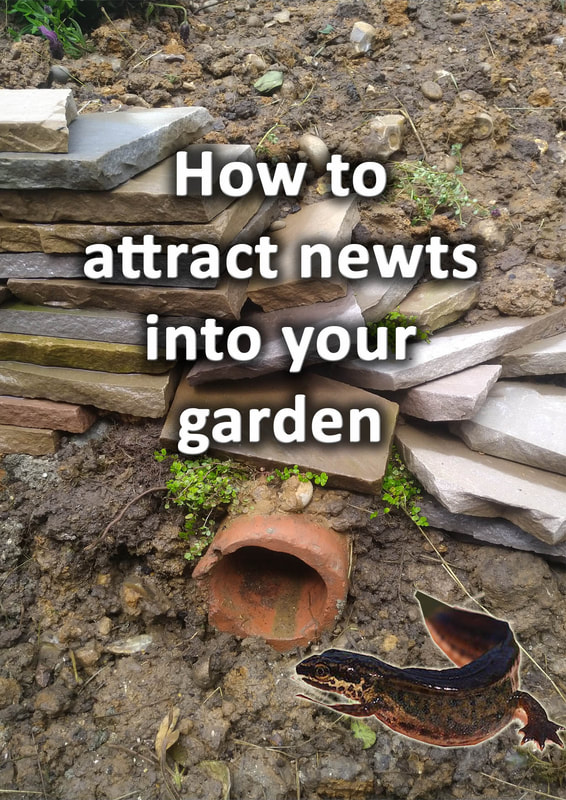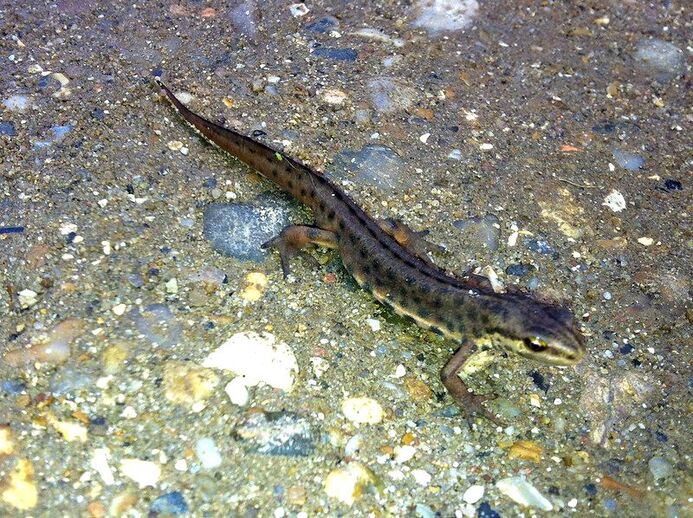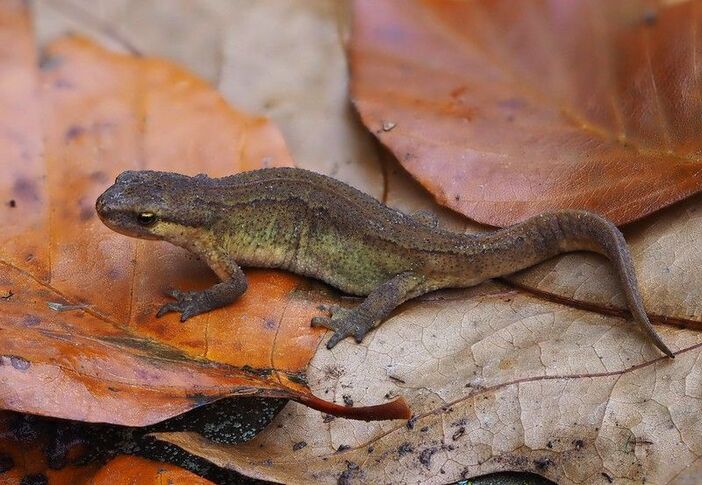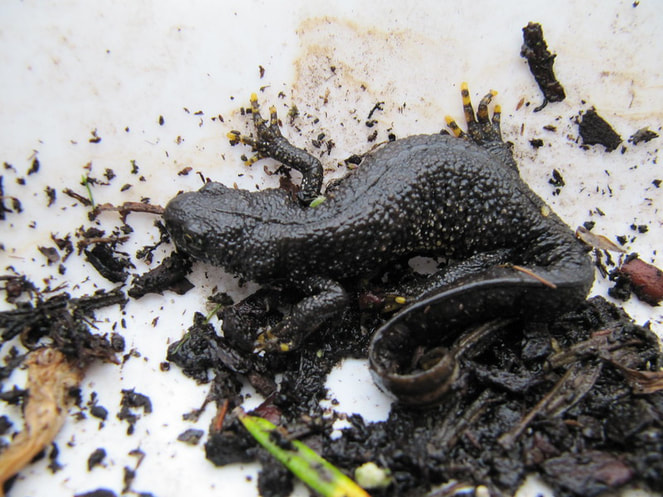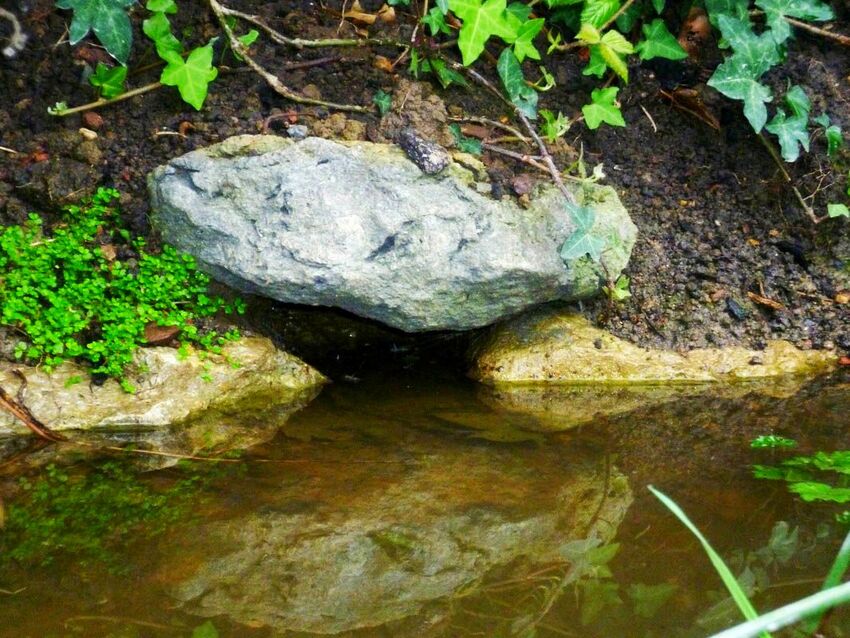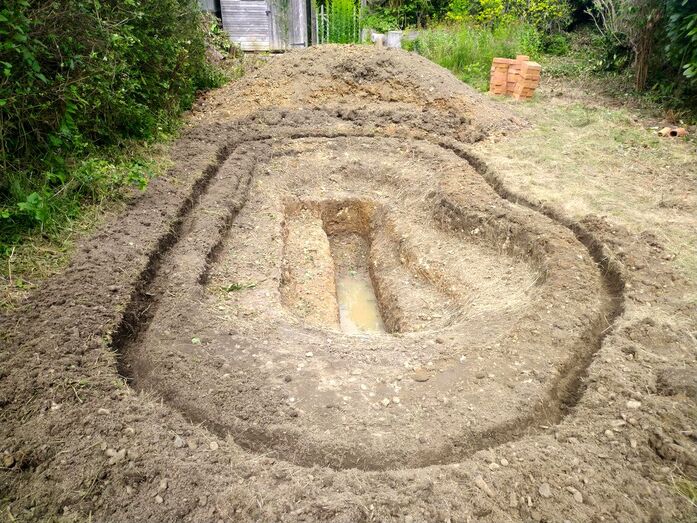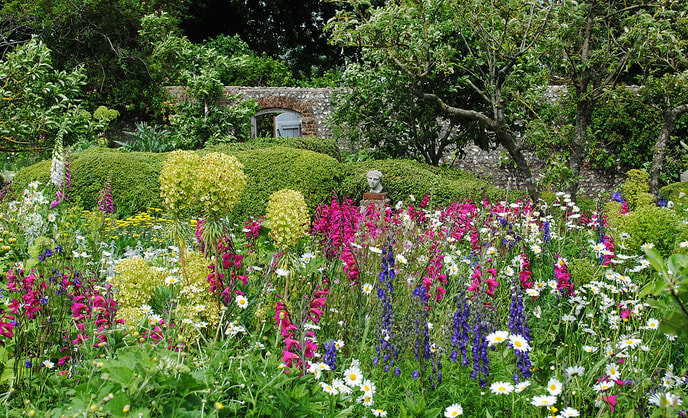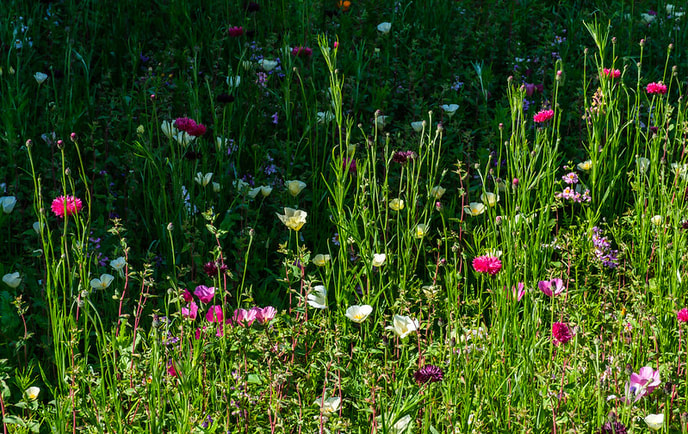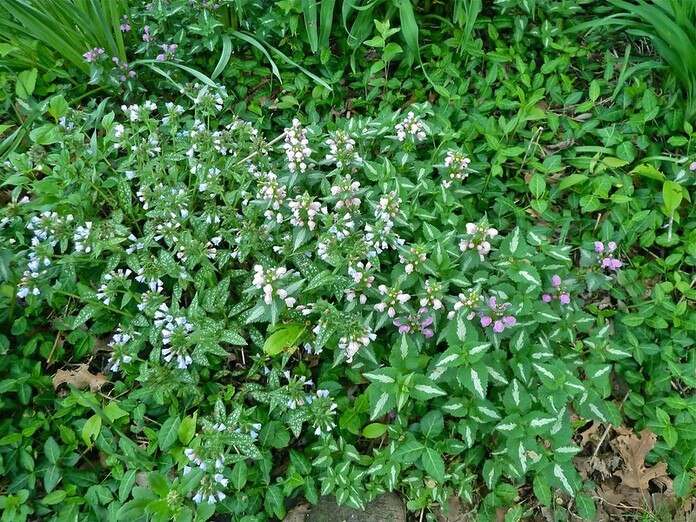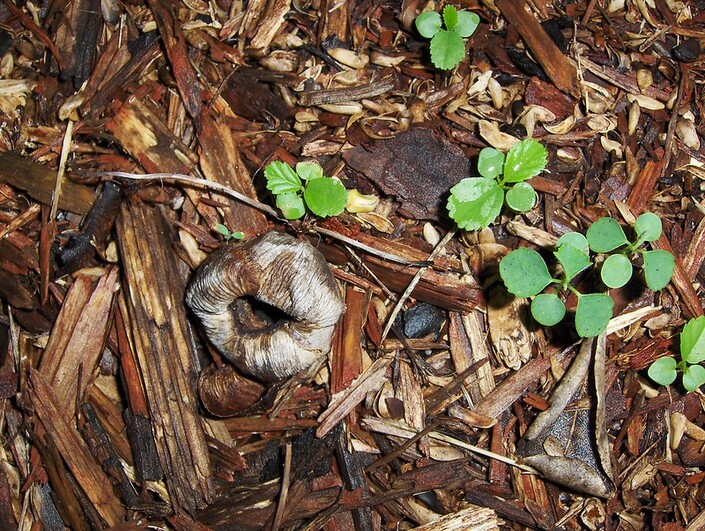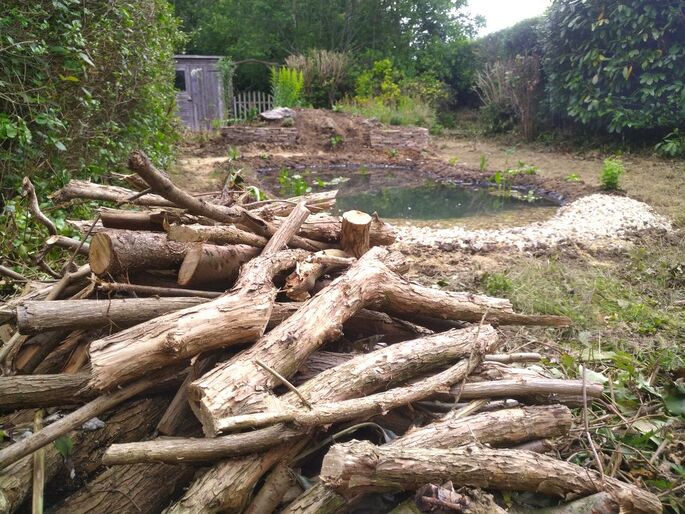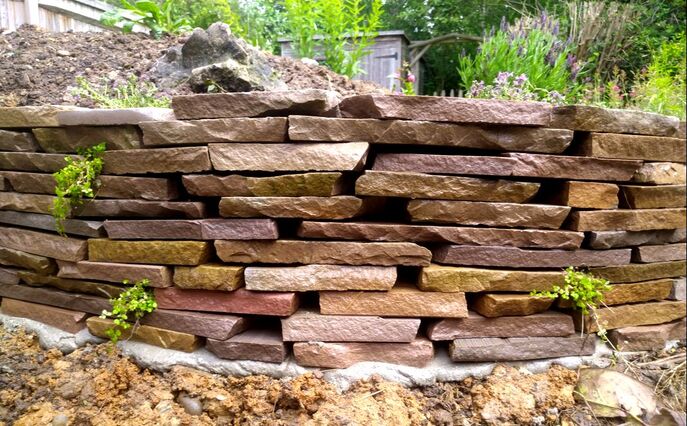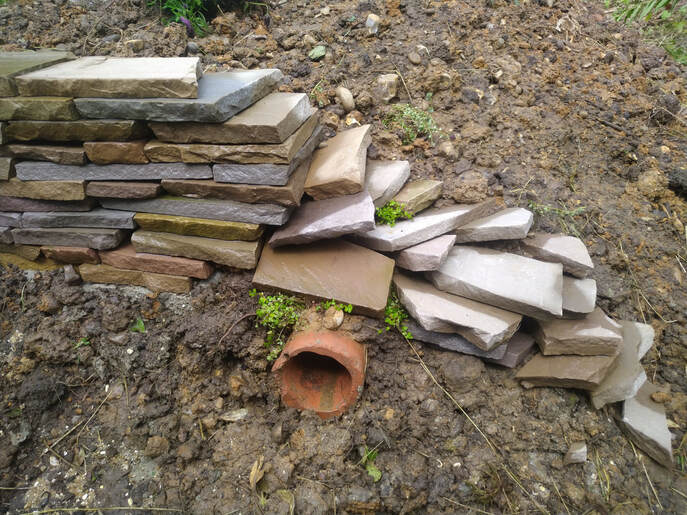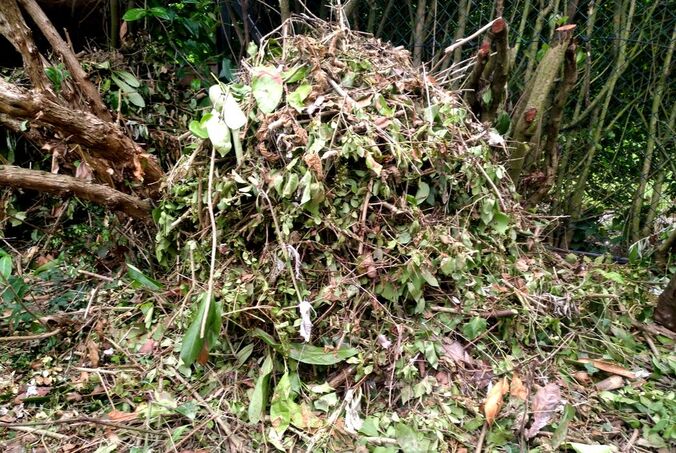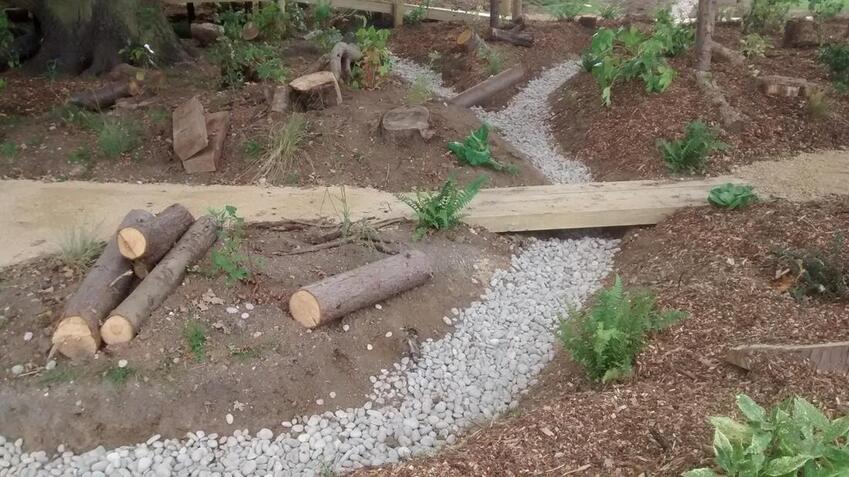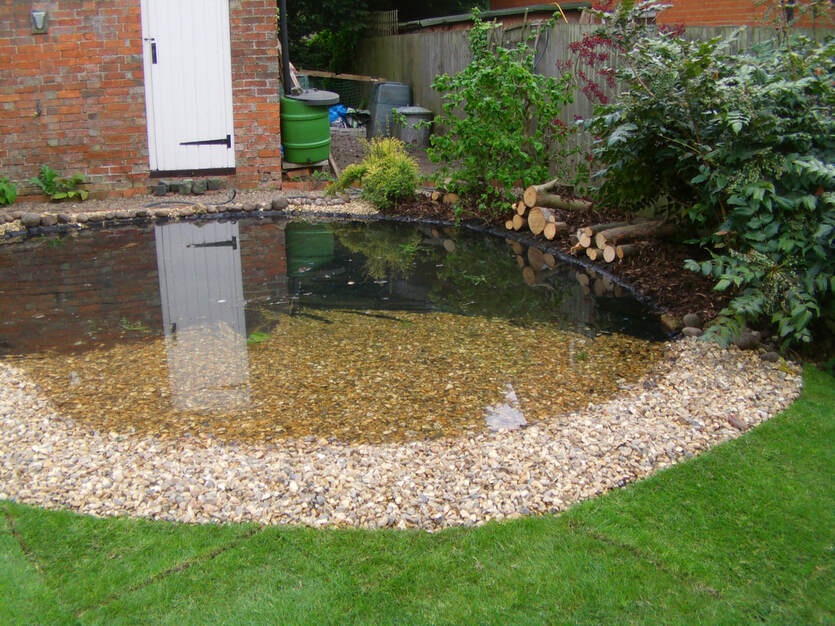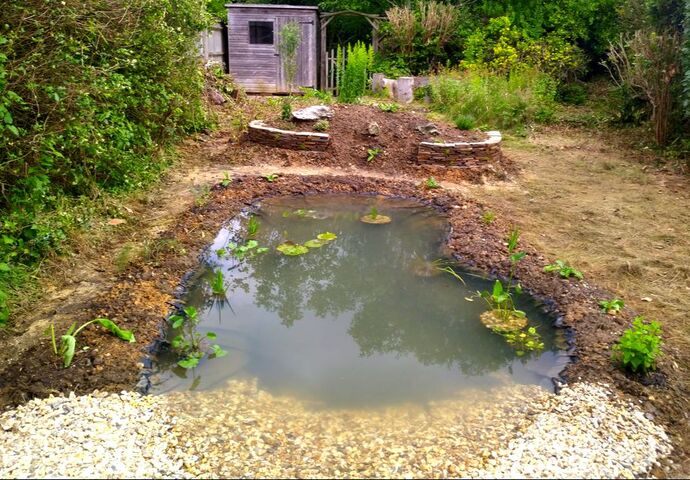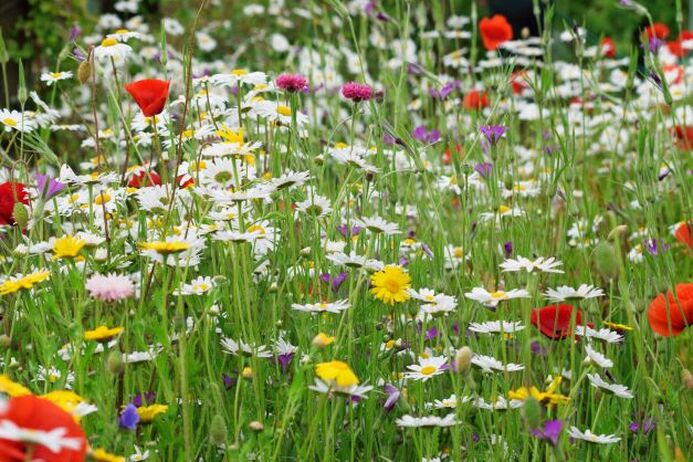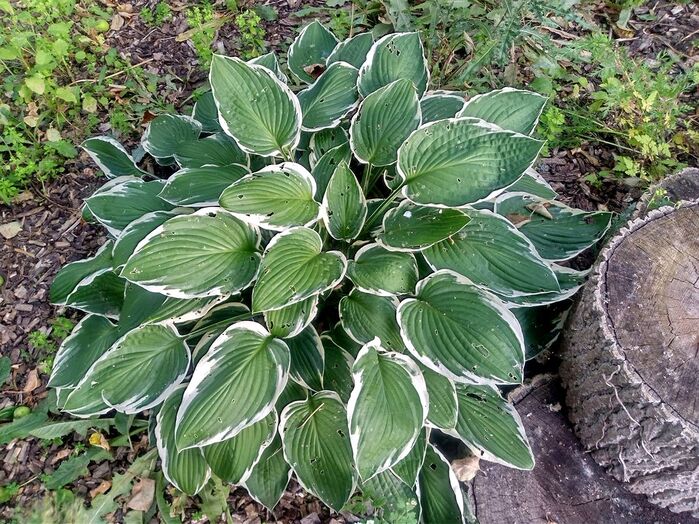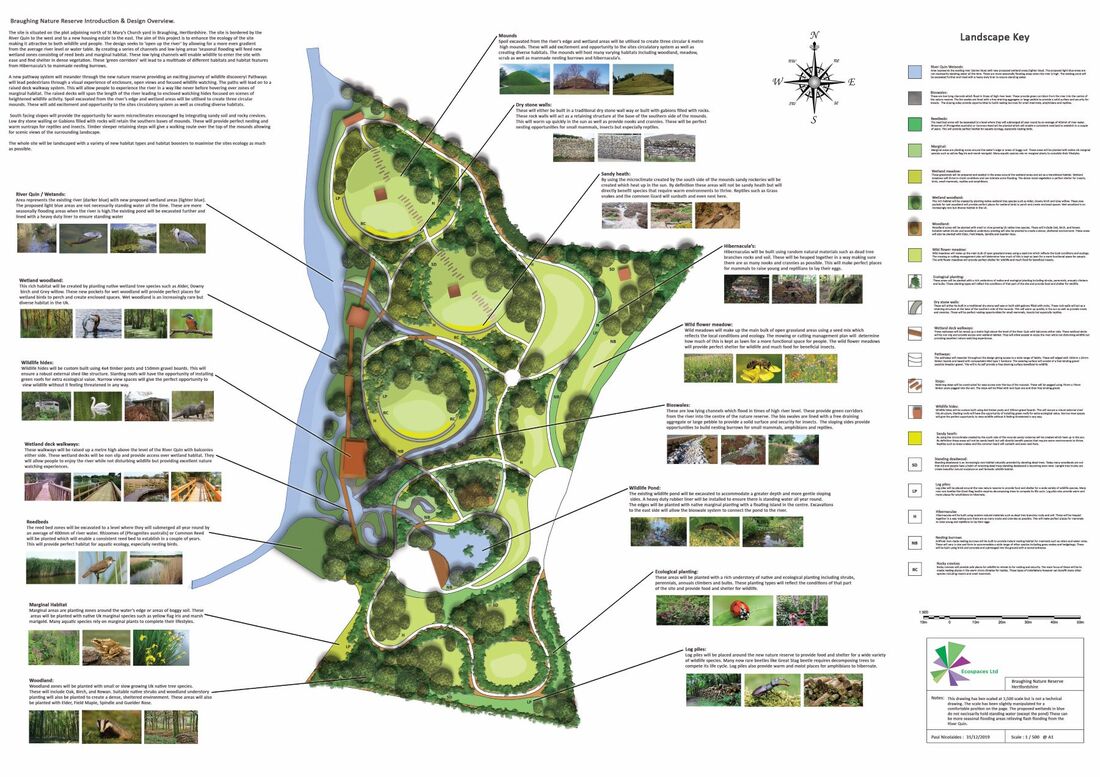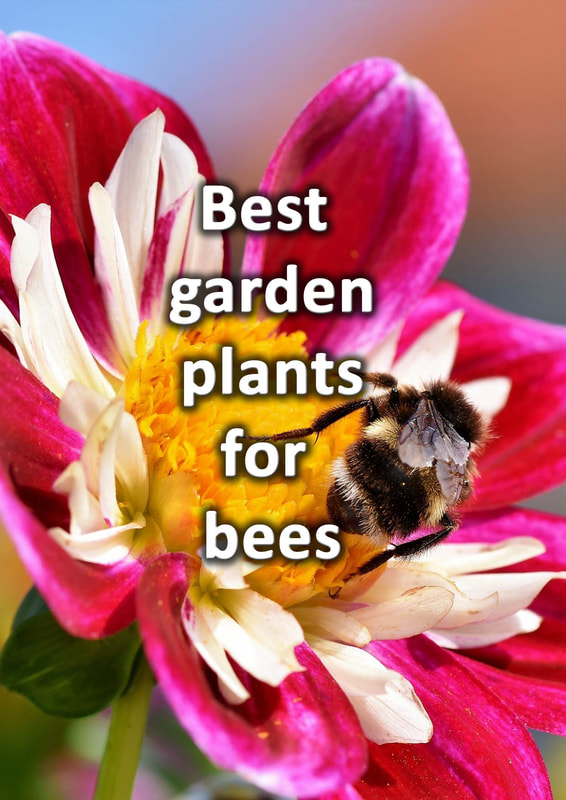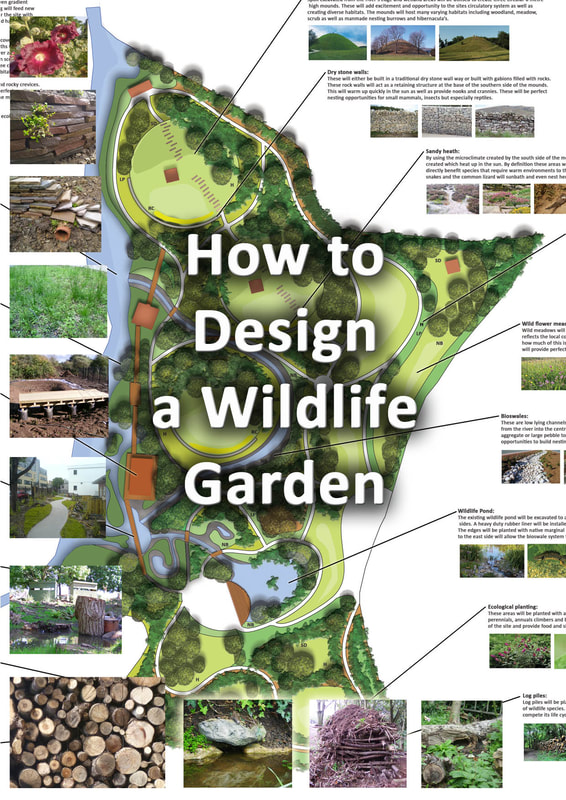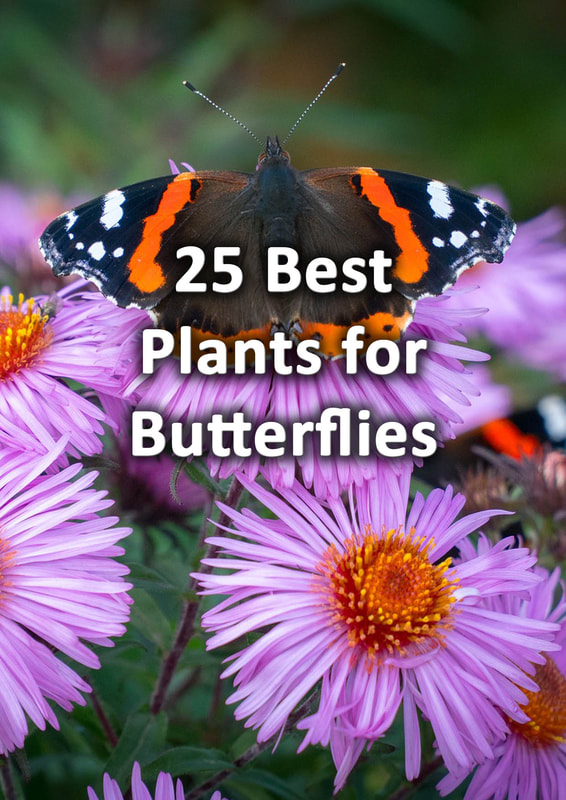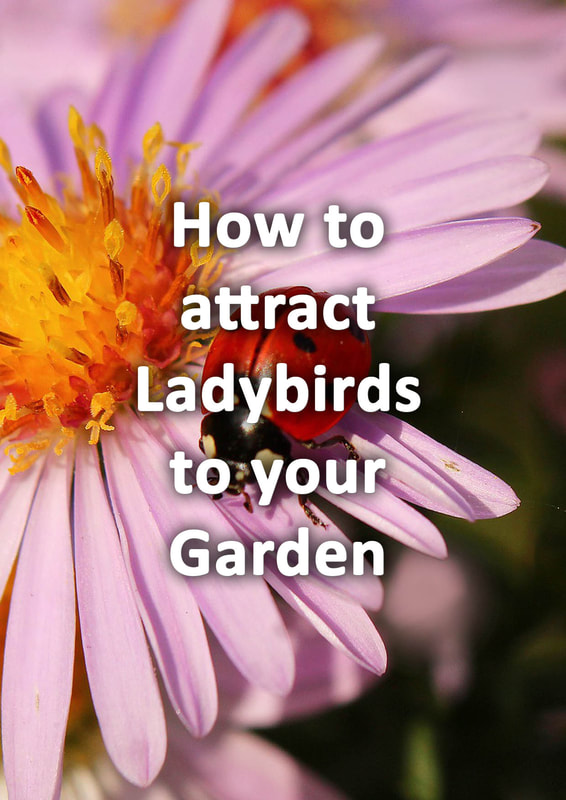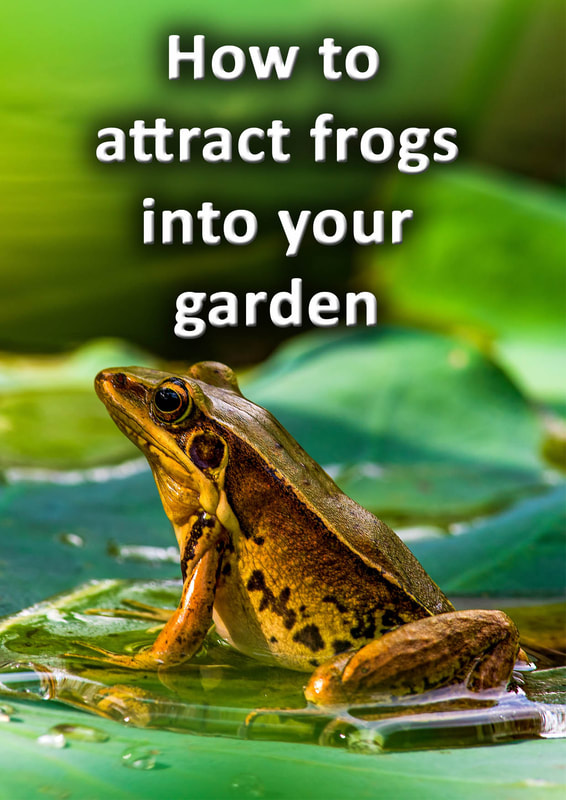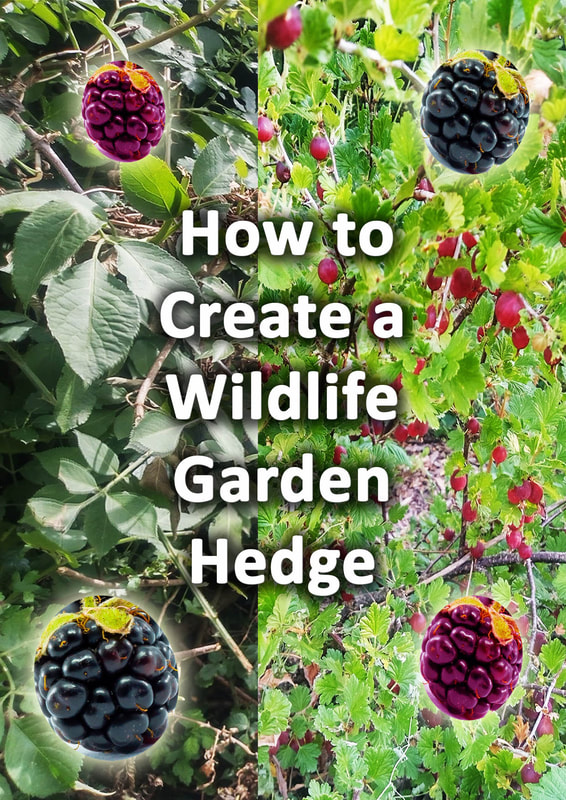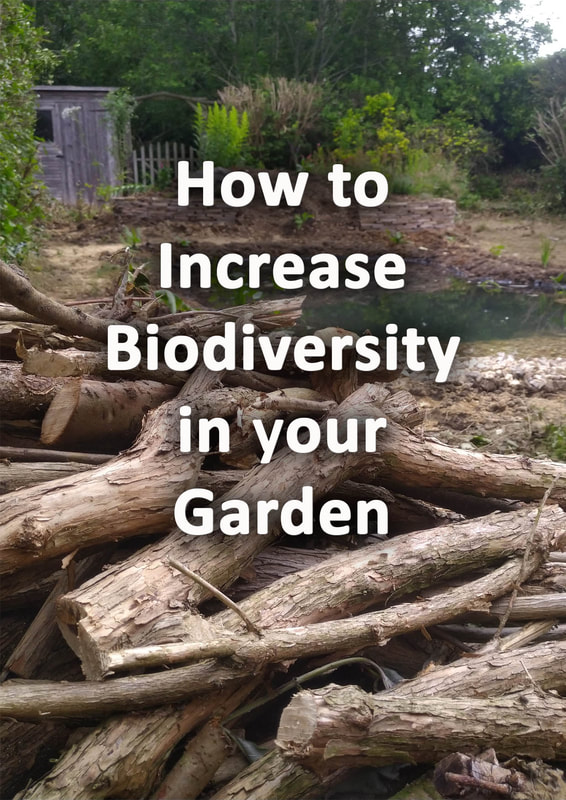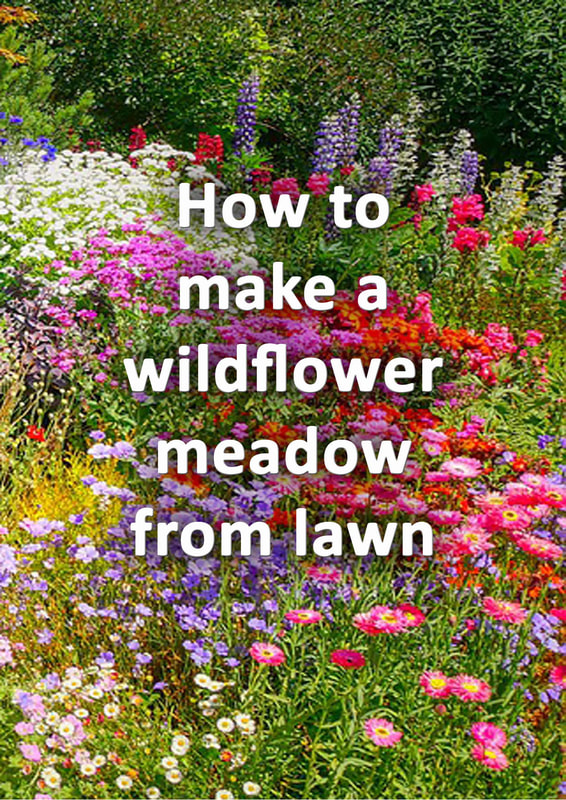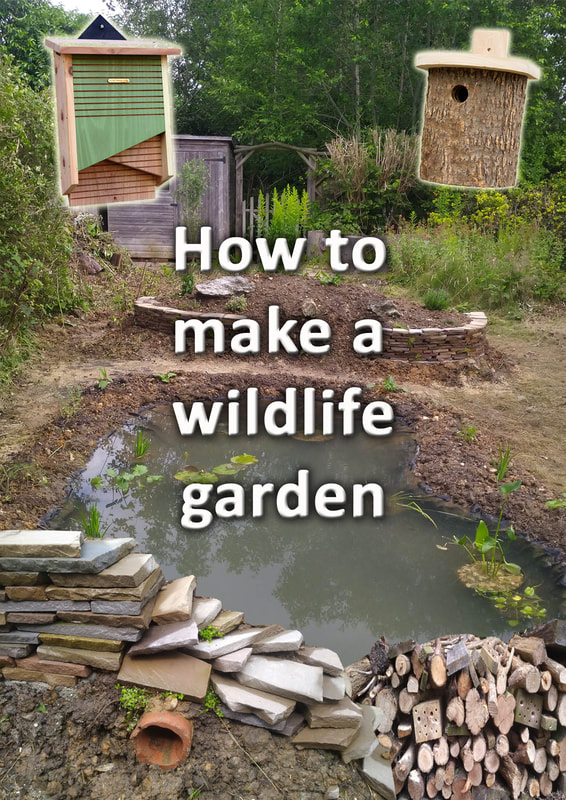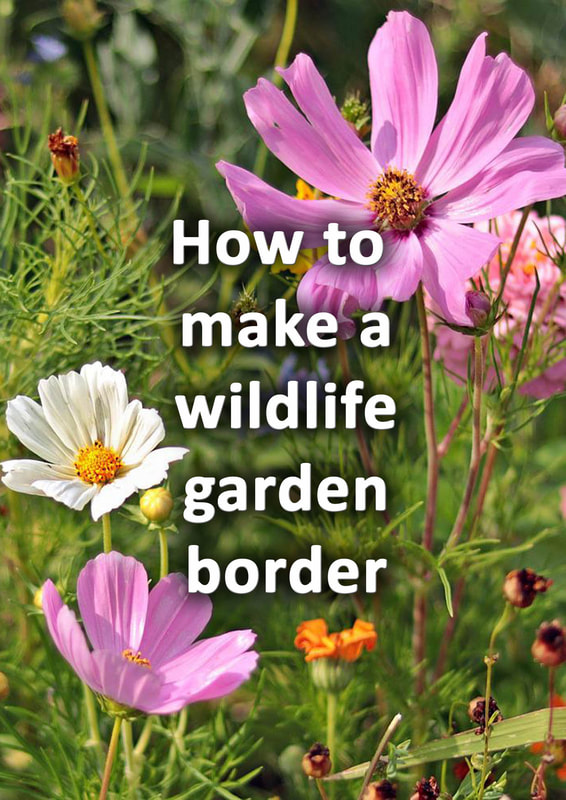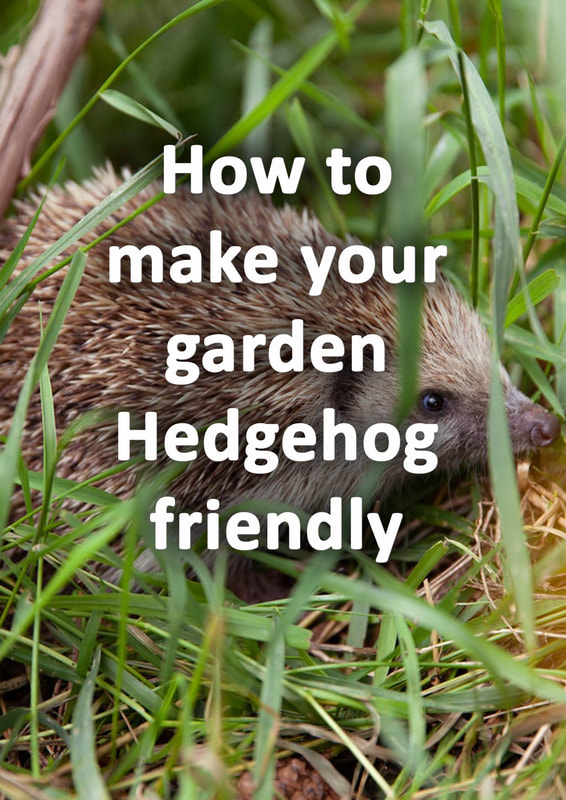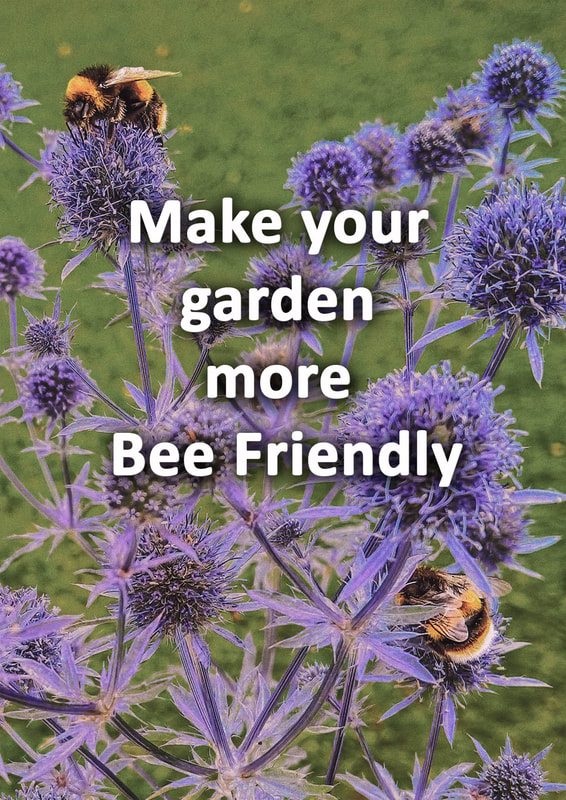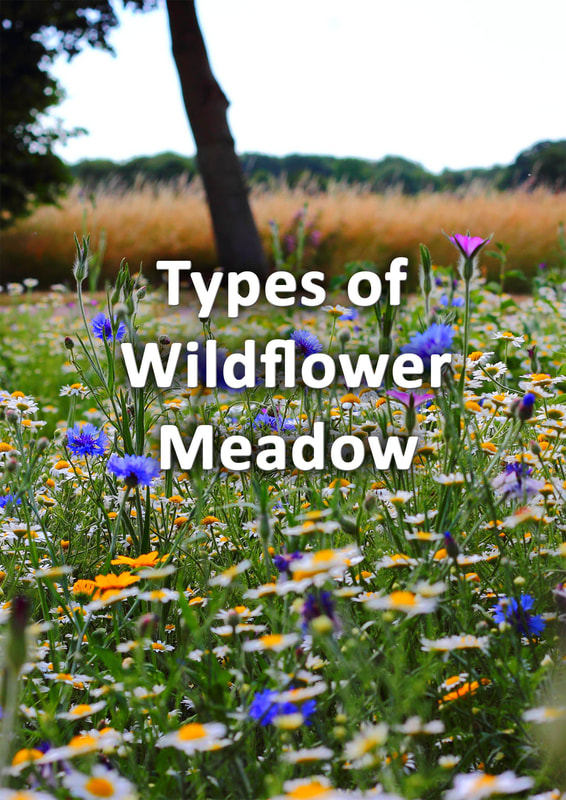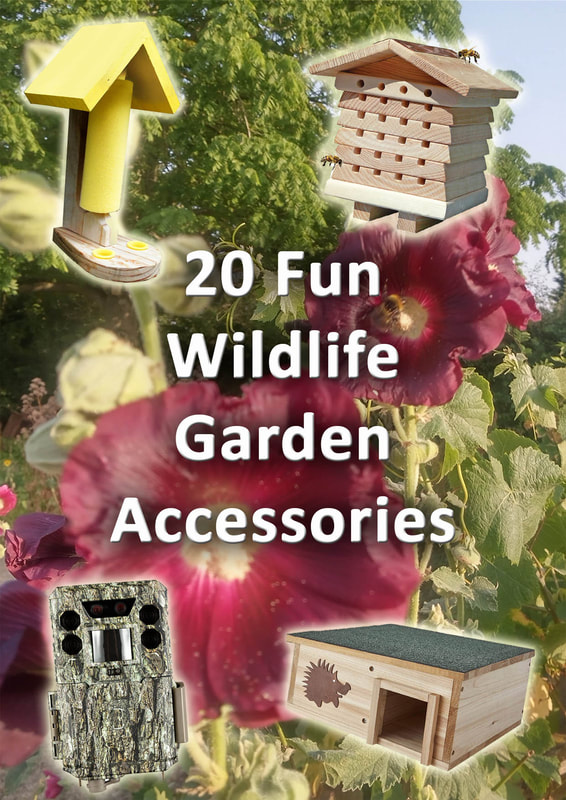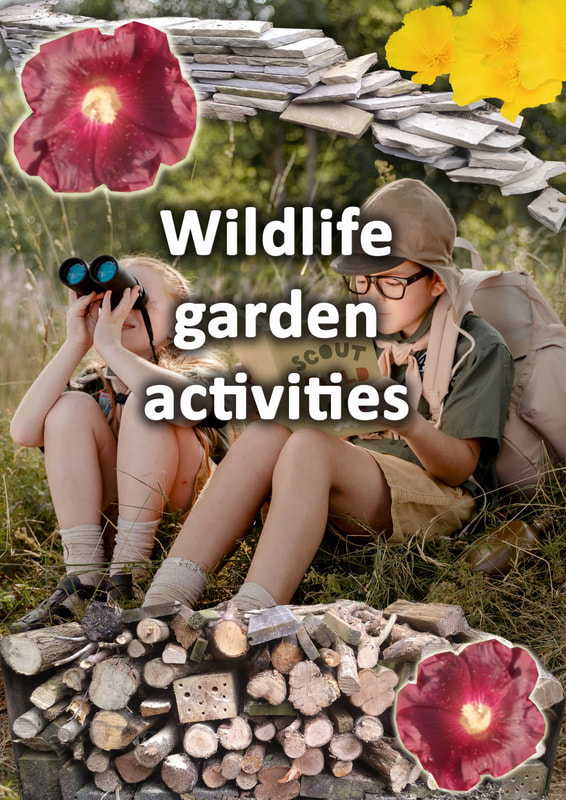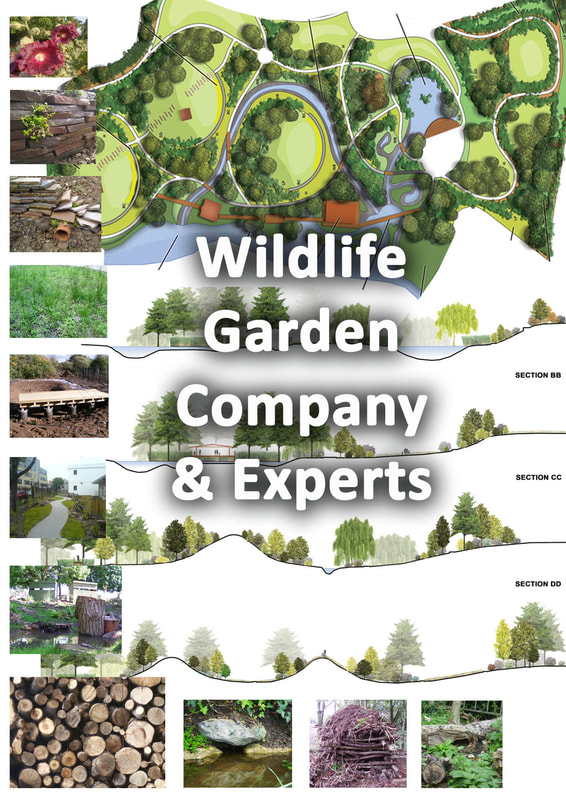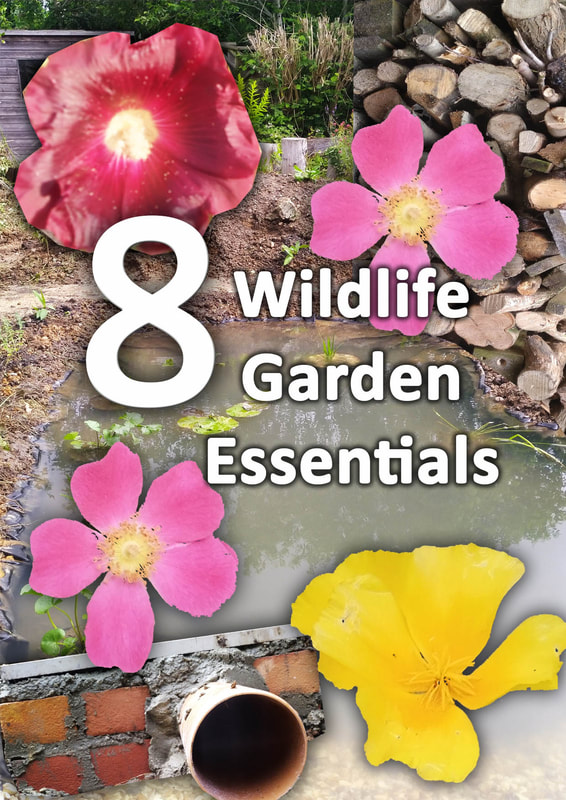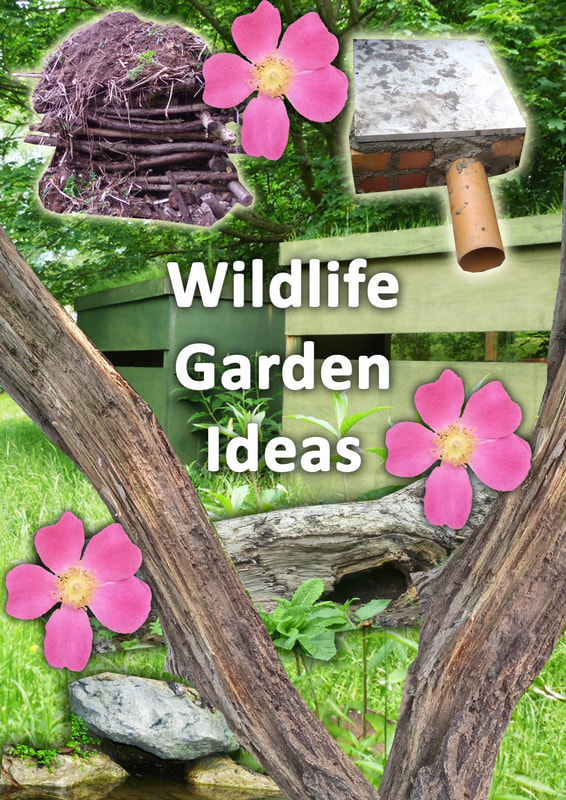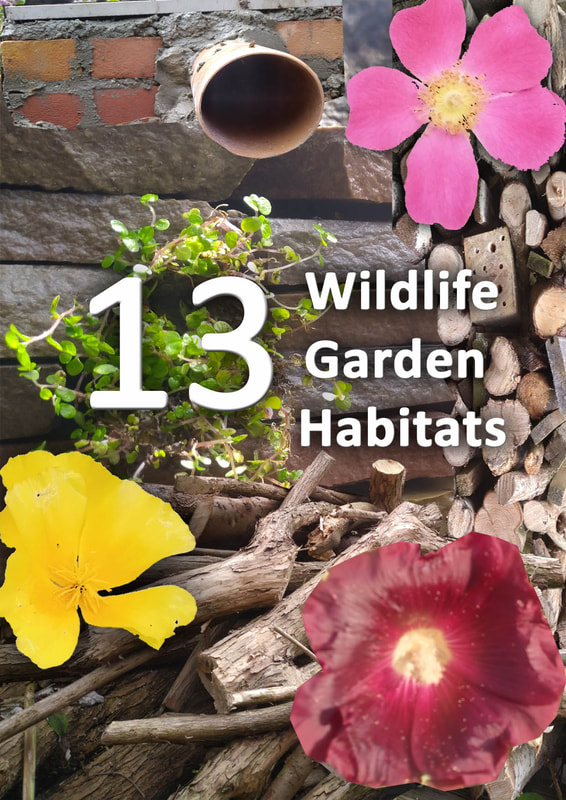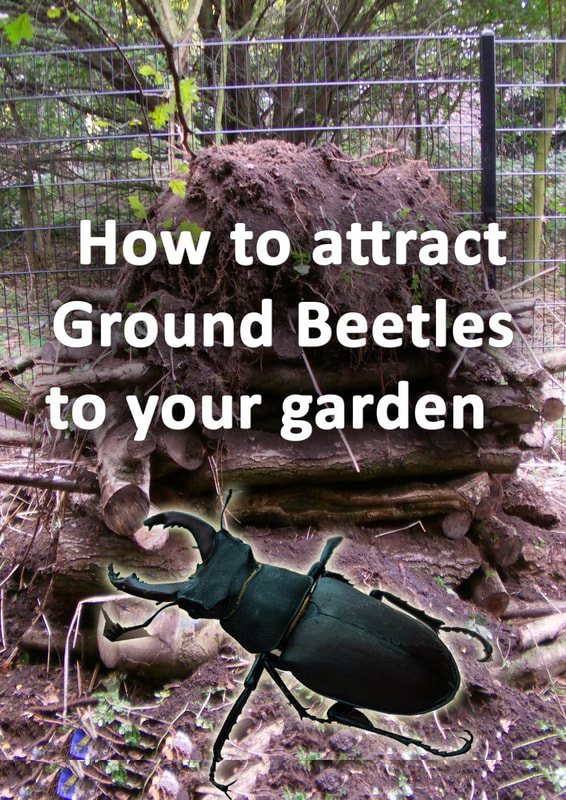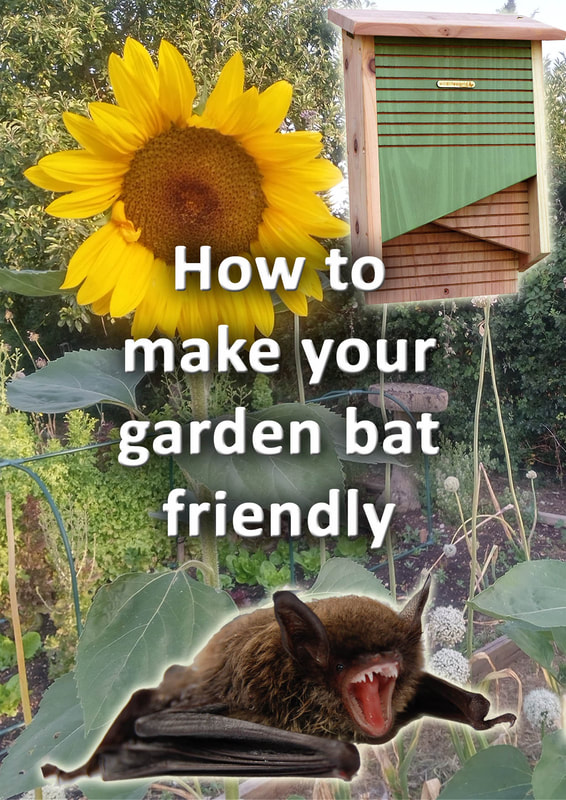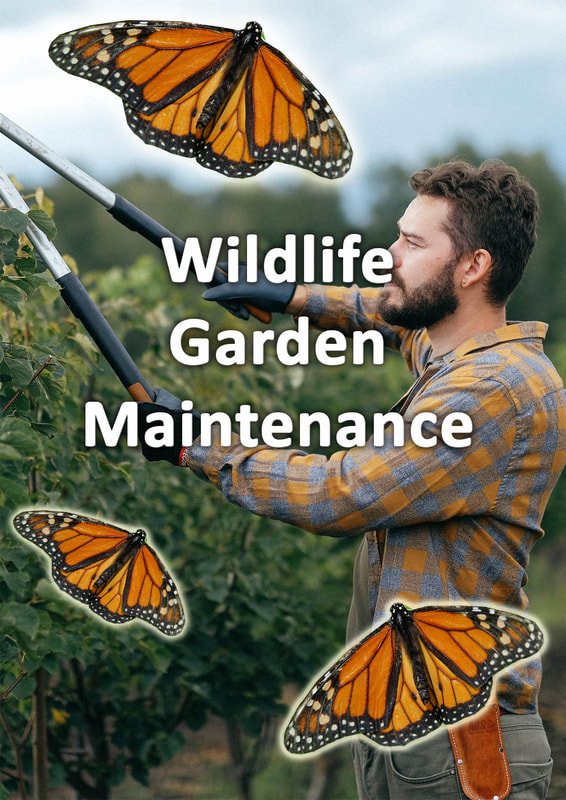|
This article contains affiliate links
Newts are an extremely beneficial species to have in your garden and within your local area.
These small, lizard like, creatures are well known to consume garden pests and be an indicator of a healthy environment. If you want to know how to attract newts to your garden, you are I the right place! In this article we explain ways to encourage newts into your garden as well as answering some common questions about newts. What are newts?
Newts are small lizard creatures which like to live in damp, humid, places with plenty of dense vegetation. Newts are amphibians which mean they spend some of the season in wetland habitats. During spring and late winter newts emerge from hibernation to find a mate. Mating occurs in places with still, fresh water, habitats such as small lakes and ponds. When mating is complete the female newt lays eggs individually hidden in submerged vegetation. In the UK there are three species of Newts: Common, Palmate and Great crested newt. All are very similar in form resembling lizards but with moist, amphibian, skin. The Common Newt
The common newt or 'smooth newt' is the most likely species to find its way into your garden. This common species typically grows to around 10 centimetres in length and spends most of its time on land. So much so that this species originally was thought to be a type of lizard. Its ability to wander long distances without the need of water has resulted in it becoming extremely widespread and common. The Smooth newt therefore can occupy gardens without ponds and may even be present without you noticing. The best way to encourage common newts to stay in your garden is to provide them with a suitable wildlife pond. This will enable them a place to find a mate as well as more species to feed upon. Common newts typically feed on small slugs, worms and insects. They are very tolerant of different habitats including grasslands, woodlands, parks, gardens as wells as agricultural landscapes. The Palmate Newt
The Palmate Newt is very similar in appearance and size to the common newt. However this newt's range is much more fragmented than the Common Newt. Palmate newts prefer to breed in small ponds in areas with more acidic soils. This makes them more likely to be found on moors, heath land and upland areas. They are slightly smaller than the common newt but like commons do have spots on their underside. The main difference being palmate newts is they do not have spots on the throat. If you want to encourage Palmate newts into your garden check an up-to-date distribution map first. You may find that they have not been recorded in your area. However, the best course of action is to create perfect newt habitats in your garden and wait. This typically will involve building a small wildlife pond and surrounding it with low lying vegetation. Palmate newts are not tolerant of breeding in ponds with fish so don’t be tempted to introduce fishes as they will eat baby newts. When you have newt species present try to get close enough to identify them without any disturbance. The Great Crested Newt
The largest and rarest of the three, newt, species is the Great Crested Newt. These are sometimes confused with the common newt as the males also have large crests during the mating season. However, Great crested newts are much larger than Palmate and common newts and prefer larger bodies of freshwater habitat. Although this species is widespread its range has become increasingly fragmented and localised. Normally you will only find Great Crested Newts in your garden if you have natural wetlands nearby. However, you can encourage Great Crested Newts into your garden if you live in areas of less development or with significant green corridors.
If you want to encourage Great crested newts into your garden, larger sized wildlife ponds should be excavated. These ideally will be surrounded by dense vegetation and located in places of minimal human disturbance.
It is important to remember that this endangered newt is heavily protected by law. It is illegal to capture, disturb or handle Great Crested Newts. Are newts good for the garden?
Newts are certainly beneficial to gardeners who do not like slugs and other insects eating their plants. Like all creatures every species has a part to play in maintaining a gardens ecological balance. More often than not small predators such as newts do not always find suitable habitats in gardens. This leads to higher numbers of garden pests which can cause damage to plants. Yes, newts are good for the garden, but they may also consume some beneficial species such as earthworms. What do newts eat?
Newts normally eat insects and invertebrates such as small slugs, caterpillars and worms. While in ponds they also eat insect aquatic insect larvae, tadpoles, molluscs, worms and crustaceans. Where do newts go in the winter?
Most newts find somewhere safe on land to hibernate during the winter. This is typically somewhere damp and humid such as in a compost heap, log piles or under rocks. Generally, newts like to hibernate in places where they are relatively close to spring breeding ponds.
One of our 'newt caves' constructed on a wildlife garden project
How do I know if I already have newts in my garden?
Newts are relatively widespread so there is a good chance you have at least one species in your garden. It could be the case that newts live locally but have no real reason to visit your garden. Follow the advice in this article to change that and make your garden a haven for newts. Newts are nocturnal so it will be a good idea to have a look around at night with a torch. Search under old paving slabs and ornaments but take care not to harm them. Create small damp shelters with old paving to see if any newts use them to hide during the day! How do I attract newts to the garden?
To attract newts into your garden you will need to provide plenty of rich and diverse newt habitats. This will include plenty of low lying, dense vegetation, ecological planting, moist soil, decomposing organic material and ponds for breeding. Newts require plenty of food and shelter to thrive within a garden environment. If your garden is already designed for wildlife, you will have a better chance of attracting plenty of newts. For more specific ways of attracting garden newts, we have identified 10 effective elements and installations below. 10 ways to attract newts to your garden
1. Build a wildlife pond
It’s no surprise that one of the best garden installations for attracting newts is a wildlife pond. Not only do ponds provide places for newts to breed they also provide rich feeding grounds. Wildlife ponds boost the local ecology of a garden which intern provides more rich environments for all species. Such wetlands provide the perfect starting point if you really want to encourage newts into your garden. Try to build a pond with a combination of shallow slopes and deeper central areas. A good diversity of dense, pond plants and surrounding vegetation will also be beneficial. 2. Grow a greater diversity of plants
One of the biggest factors when trying to attract any wild species is to create a rich and diverse environment. The best way to do this is to plant a good diversity of different plants. A combination of both native and ecologically beneficial species is always effective. This will encourage a wide diversity of different wildlife as a whole. This will boost numbers of organisms which newts feed upon such as insects, worms and slugs. A good mixture of shrubs, climbers, perennials, biennials and annuals will also boost habitat value. 3. Establish a wildflower meadow
Wildflower meadows can be extremely beneficial when attracting newts to your garden. The long grasses and wildflowers provide plenty of dense and damp vegetation to forage. When established, wild meadows become awash with flowers, these provide plenty of pollen and nectar for insects. This makes them rich feeding grounds for newts while also being well hidden from larger predators. Linear drifts of wildflower meadows can provide green corridors for newts connecting varying habitats together. This is most effective when providing dense, cover, access, to and from breeding ponds. 4. Plant dense ground coversThe best type of planting for newts is low growing ground cover plants. These provide a dense canopy of vegetation to protect newts from larger predators such as birds. Groundcover planting provides clear access at soil level making it fast and easy for newts to move around. This can benefit the local newts to conserve energy and stay safe when on the move. Some good examples of suitable groundcovers are Bergenia, Heuchera, Creeping Juniper, Heather, Ladys Mantle, Ferns and St John’s Wort. 5. Mulch garden borders
Mulching may not seem a very obvious way to attract newts into your garden! However mulching flower borders can invigorate garden ecosystems from the ground up. Decomposing soil mulches invigorates soil ecology and feeds many species of insects and invertebrates. It’s these small creatures which newts love to feed upon in great numbers. Mulching also helps to keep the surface of a gardens soil moist. Moist ground conditions are much more favourable to local newts helping to encourage them into your garden. 6. Create log piles
Dead wood habitats provide some of the best habitat for newts. The slowly decomposing timber can provide warm and moist places for these amphibians to hide. Such habitats can easily be created with piles of logs preferably from native and locally sourced trees. Log piles can be situated around ponds or placed throughout nearby flower borders. Dead wood habitats, combined with densely planted vegetation, is particularly effective for attracting newts into your garden. 7. Build a dry-stone wallDry stone walls can be visually very effective in gardens providing good visual textures. They can also form amazing habitats for newts. The cracks and crevices within the wall's construction can allow the perfect hiding places for newts to shelter. If built with newts in mind they can be engineered to incorporate small burrows. These can be utilised by newts for shelter and can also create perfect hibernation opportunities. Such walls can warm up quickly during the spring helping newts to emerge from hibernation. 8. Create artificial newt sheltersOne of the biggest threats to newts in gardens is falling victim to predator attack. The best gardens for newts have plenty of places to hide and stay out of harm’s way. A good way to do this is by incorporating small shelters specifically created for newts. These can simply be old slabs slotted together with small, protected voids inside. 9. Build hibernacula’s
Hibernaculas are fundamentally mounds of various materials which provide nesting and hibernation opportunities for wildlife. These can be put together using old masonry, tree branches, timber, rocks and soil. Such hibernaculas for newts can be made a little smaller and situated around dense vegetation and ponds. Small shelters can be built inside the hibernacula’s themselves creating perfect place to hide and overwinter. 10. Implement eco drainage
Eco drainage is an eco-friendlier method of draining surface water from urban areas. During times of heavy rain urban storm water can overwhelm the drainage network and pollute water courses. Rainwater from gutters and hard garden surfaces can channelled into miniature wetlands instead of drainage networks. This not only helps newts living in larger wetland areas but provides extra habitat for garden newts. How do I attract newts to my pond?
If you want to attract more newts to an existing pond there are a few things, you can do. Plant more, native, pond, plants, both marginal and oxygenators. Newts like to forage and lay eggs in dense pond vegetation. Go through our 10 ways to attract newts to your garden above. Think about all these elements can be incorporated in and around your pond. Try to ensure that at least one part of your pond has dense vegetation leading up to it. How to make a pond for newts?
If you want to build a wildlife pond for effective for newts understand that a pond perfect for all species is also perfect for newts! Newts thrive when there is an abundance of small creatures and a thriving ecosystem. Try to build your pond with a deep centre to encourage a stable temperature. Make sure you have plenty of densely planted shallow areas between 50mm and 150mm deep. This creates the perfect environment for newts to forage and their tadpoles to hide from predators. Try to incorporate dense, ecological planting around your pond so newts can come and go safely. Where do newts go in winter?
During the winter months newts choose to hibernate in snug places away from frost. Some popular places include under paving slabs, in crevices under pond liners, rock piles, dead wood, dry stone walls and soil hollows. When do newts come back to ponds in spring?
When newts come back to the pond really depends on your regional climate and how cold late winter is. Normally newts start to head back to ponds to find a mate around mid-March. What plants do newts like?
There are no specific plants which newts are attracted to but favour those with certain attributes. Firstly, newts like plants which encourage and support other wildlife. This intern provides an abundant ecosystem when they can find more abundant food. Why not read our article on the top 85 plants for wildlife? Generally, newts like plants which form dense carpets of vegetation up to 300mm high. This creates the perfect moist and sheltered environment for newts to forage. For a full list of such plants why not visit our best ground cover plants article? Landscaping newts like
Landscaping newts do not like
Wildlife garden servicesBuckinghamshire landscape gardeners are experts in wildlife garden design and construction. Acting as the domestic landscaping part of Ecospaces we have over 20 years' experience in ecological landscaping and sustainable construction. We have extensive experience in creating newt and other amphibian habitats. We cover Northwest London, Buckinghamshire, Oxfordshire, Hertfordshire & Bedfordshire If you are interested in our wildlife garden services, please do not hesitate to contact us. Our wildlife garden services include:
|
The Author
|
Landscaping services across Buckinghamshire, Amersham, Aylesbury & High Wycombe
Hyde Heath, Amersham, Buckinghamshire |
|
